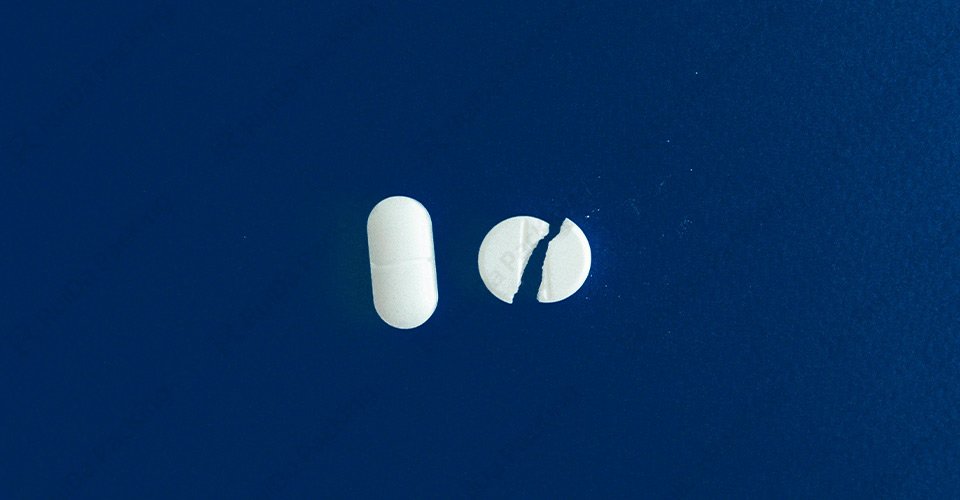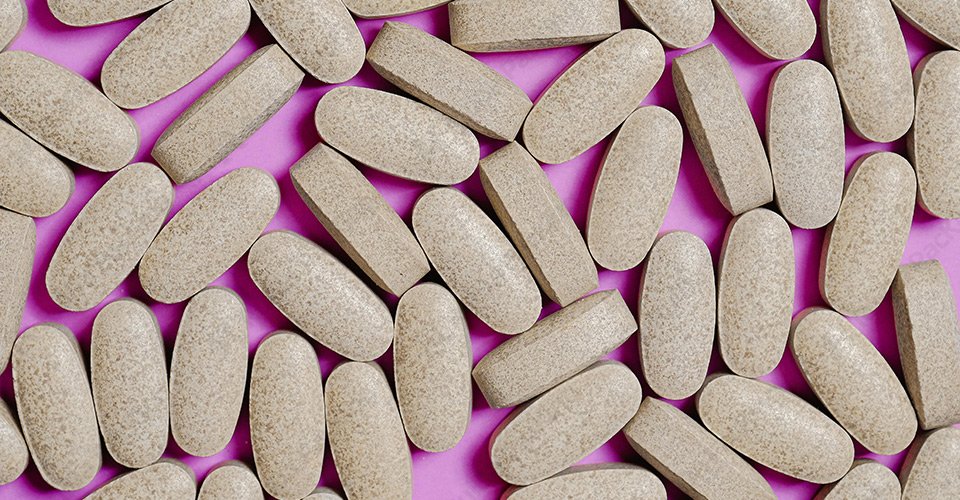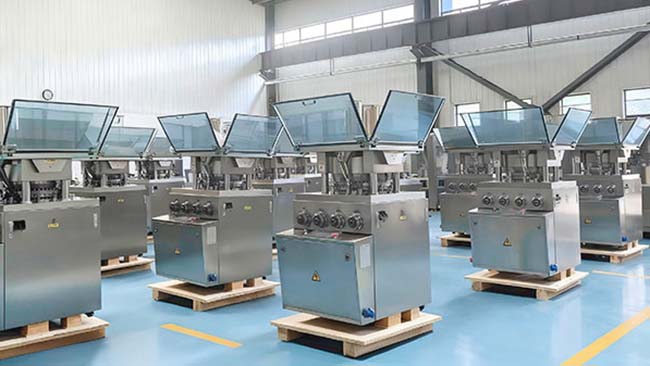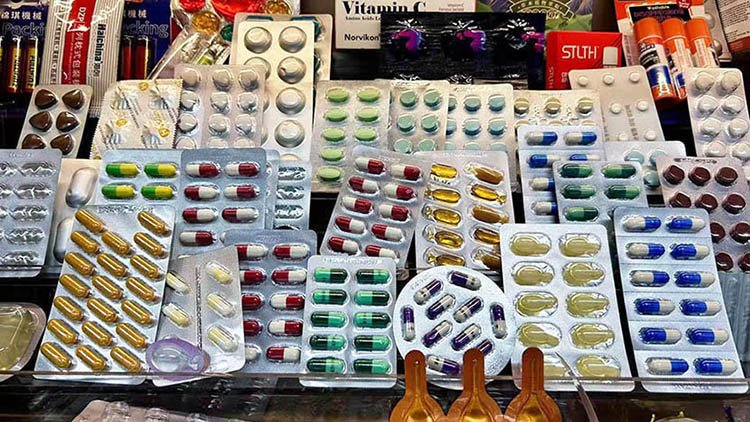Tablet hardness is a critical quality attribute in the pharmaceutical industry, impacting everything from drug efficacy to patient safety. If you’re dealing with tablet hardness issues, this guide will help you understand the causes, solutions, and preventative measures. Whether you’re a seasoned professional or new to tablet formulation, these insights will guide you toward optimizing your tablet press machine processes.

Understanding Tablet Hardness
What is Tablet Hardness?
Tablet hardness, also known as breaking force, is the resistance of a tablet to a crushing force. It’s a key parameter that affects the disintegration and dissolution of the tablet, which in turn influences drug release and bioavailability. Hardness needs to be balanced—too hard and the tablet may not dissolve properly, too soft and it may break during handling.
Importance of Tablet Hardness
Drug Efficacy: Proper hardness ensures that the drug is released at the intended rate.
Handling and Packaging: Tablets must withstand mechanical stresses during packaging, shipping, and handling.
患者のコンプライアンス: Tablets that are too hard can be difficult to swallow, affecting patient compliance.

Common Causes of Tablet Hardness Problems
Formulation Issues
Incorrect Excipient Levels: Excipients like binders, fillers, and disintegrants affect hardness. Incorrect levels can cause tablets to be too hard or too soft.
Poor Powder Flow: Poorly flowing powders can lead to inconsistent tablet weight and hardness.
Moisture Content: High moisture content in the formulation can cause tablets to be softer than intended.
Manufacturing Issues
Inadequate Compression Force: Insufficient or excessive compression force during the tablet press machine process can result in hardness problems.
Worn or Misaligned Tooling: Worn or misaligned punches and dies can cause inconsistent compression and hardness issues.
Inconsistent Granulation: Inconsistent granulation size can lead to uneven compression and tablet hardness.

Diagnosing Tablet Hardness Problems
Testing Methods
Hardness Testers: Devices that measure the force required to break a tablet.
Friability Testers: Assess the tablet’s ability to withstand abrasion.
Disintegration Testers: Measure the time it takes for a tablet to break down in solution.
Comparison Table
Testing Method | Purpose | Benefits |
Hardness Testers | Measure breaking force | Precise measurement of tablet strength |
Friability Testers | Assess resistance to abrasion | Ensures tablets can withstand handling |
Disintegration Testers | Measure disintegration time | Ensures proper drug release rate |
Solutions for Tablet Hardness Problems
Formulation Adjustments
Optimize Excipient Levels: Adjust the levels of binders, fillers, and disintegrants to achieve the desired hardness.
Improve Powder Flow: Use flow aids or granulation techniques to improve powder flow and ensure consistent tablet weight and hardness.
Control Moisture Content: Use hygroscopic excipients or desiccants to control moisture content in the formulation.
Manufacturing Adjustments
Adjust Compression Force: Fine-tune the compression force on the tablet press machine to achieve the desired hardness.
Replace or Align Tooling: Regularly inspect and replace worn or misaligned punches and dies to ensure consistent compression.
Consistent Granulation: Ensure uniform granulation size through sieving or milling to achieve even compression and tablet hardness.
Utilizing Advanced Equipment
One effective way to address tablet hardness problems is by using advanced tablet press machines. The 高速錠剤プレス機 by Ruida Packing is an excellent choice for optimizing your tablet production process.
Features of Ruida Packing’s High Speed Tablet Press Machine
高効率: Capable of producing up to 270,000 tablets per hour, ensuring high productivity.
Precision Engineering: Equipped with advanced sensors and control systems for precise compression force adjustments.
User-Friendly Interface: Intuitive controls and easy-to-use interface for seamless operation.
Durable Construction: Built with high-quality materials to withstand continuous use and ensure long-term reliability.
By incorporating this state-of-the-art tablet press machine into your production line, you can achieve consistent tablet hardness and improve overall product quality.
Preventative Measures
Regular Maintenance
Scheduled Inspections: Regularly inspect your tablet press machine for signs of wear and tear.
潤滑: Ensure all moving parts are properly lubricated to reduce friction and wear.
Calibration: Periodically calibrate hardness testers and other equipment to ensure accurate measurements.
Staff Training
Comprehensive Training Programs: Ensure all operators are well-trained in tablet press machine operation and maintenance.
Ongoing Education: Keep staff updated on the latest industry practices and technologies.
Process Monitoring
Real-Time Monitoring: Use real-time monitoring systems to track tablet hardness and identify issues early.
Data Analysis: Analyze production data to identify trends and make informed adjustments to the manufacturing process.
結論
Solving tablet hardness problems requires a combination of formulation and manufacturing adjustments, regular maintenance, and the use of advanced equipment like Ruida Packing’s High Speed Tablet Press Machine. By understanding the causes and implementing the solutions outlined in this guide, you can achieve optimal tablet hardness and ensure the quality and efficacy of your pharmaceutical products.
Remember to prioritize regular maintenance, staff training, and process monitoring to prevent hardness issues from arising. With the right approach and tools, you can maintain consistent tablet quality and enhance the success of your pharmaceutical production.


